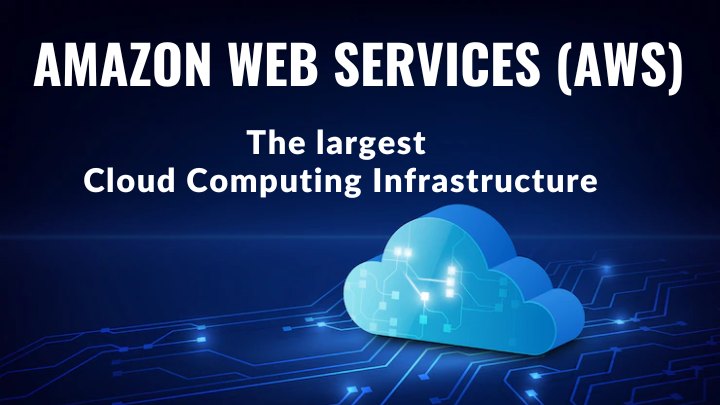
Data shared by Finbold shows AWS holds the largest share of cloud computing infrastructure at 33% while Azure and Google cloud have market shares of 21% and 10% respectively, according to the Financial Mirror. Amazon Web Services (AWS) is an unstoppable force in cloud infrastructure and cloud computing, and it’s Amazon’s most profitable segment. During its annual Re:Invent conference, Amazon launched mind-boggling high-end products and services built in-house.
These recent developments aim to boost high-performance computing, enhance security and privacy, and provide customers with multiple cloud services at a lower cost. The ends users are getting so much comfort and ease of ease to accomplish various complex tasks very easily. Keep reading to get more insights into Amazon’s latest innovations that could attract more customers to AWS.
New in-house chips will promote high-performance computing
Companies moving to the cloud want platforms that guarantee high performance and access to a variety of cloud computing features at affordable rates. Amazon is aware of these concerns and aims to reduce costs for customers by allowing them to run workloads on new in-house processors. Over the past years, Amazon relied on in-house processors to handle simple workloads at low costs. This initiative has helped provided a huge ROI.
Currently, Amazon’s in-house processors are more advanced with capabilities to run high-performance computing on hi-tech tasks like medicine discovery and weather prediction. Amazon’s latest in-house chips that were recently launched are Graviton 3E chips, second-generation Infrentia chips, new EC2 instances, and AWS Nitro v5. The design of these chips enables users to enjoy high-performance computing on advanced workloads.
For example, Graviton 3E provides a 35% increase in executing high-performance workloads that rely on vector instructions while Nitro v5 offers a 60% high-performance with low latency. It is all possible due to AWS’s superfast and largest cloud computing infrastructure.
AWS Data Analytics to outshine top software leaders
New vertically integrated cloud software services unveiled during the Re:Invent event have the potential to compete with world’s leading data analytics companies. Examples of Amazon’s new data management software include AWS Clean Room, AWS Supply Chain, and AWS Datazone. Each data management software has unique features. For instance, AWS Clean Rooms enables companies across industries to share datasets for research and marketing, without compromising the security of sensitive information, including IP addresses.

AWS Datazone is ideal for linking data from AWS, third-party data sources, and on-premises data centers seamlessly. As the name suggests, AWS Supply Chain analyzes data from multiple supply chain systems to provide businesses with real-time insights into the current state of the market, along with changing customer demands.
While it’s easy to navigate through these new data management cloud-based software, seeking help from an AWS expert is crucial. An AWS cloud professional will assess your current infrastructure, apps, and AWS environment. They’ll also help you choose cloud data management software that aligns with your business goals.
Vertical integrations benefit AWS and Consumers
AWS’s cloud computing infrastructure can easily integrate software and chips with its underlying infrastructure, meaning vertical integrations could be more effective for cloud users. As a result, AWS stands to attract many customers in need of cloud services for running workloads, including research and development projects. Also, AWS benefits cloud users by providing multiple in-house software and hardware. That way, customers have many options to choose from and bargaining power. Other AWS perks include mobile access, reliability, scalability, and multi-region storage.
As companies continue to embrace cloud technology, vendors in the cloud computing sector are looking for ways to improve their products and services. Amazon Web Services is leveraging its massive resources to innovate software and hardware in-house to improve security, reduce costs, and boost performance. Amazon’s latest innovations include in-house chips or semiconductors, data analytics and management cloud-based software, and vertical integration.
